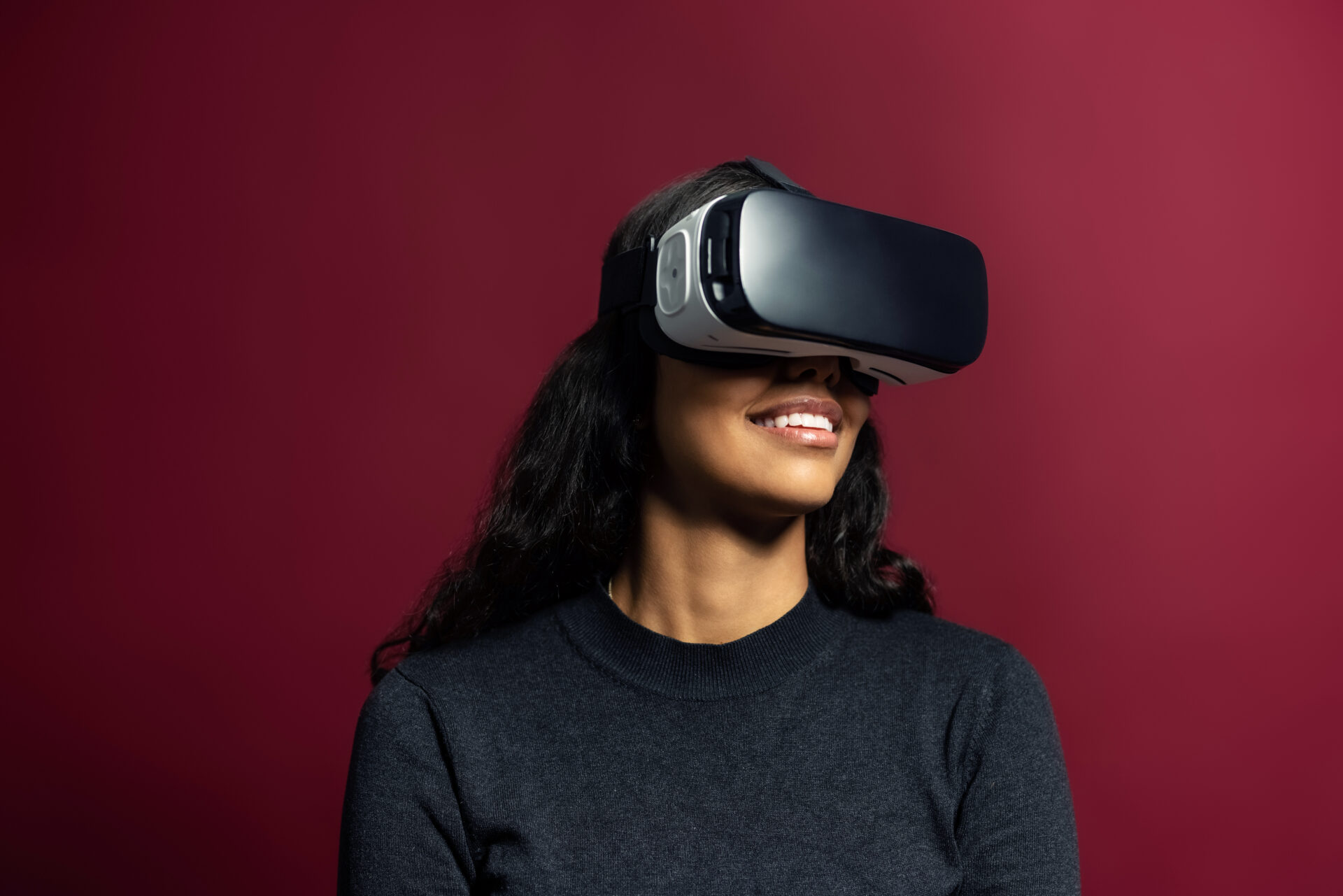
How Marketers Are Using AR and VR to Engage Audiences
Digital Marketing
Oct 19
There’s no shortage of innovation when it comes to getting the right ads in front of the right audiences. New social media channels emerge, as do new search tactics, user preferences, and methods of using data to improve campaign performance. But perhaps no greater frontier exists for new marketing techniques than the world of augmented and virtual reality.
Companies are already investing time and resources into the development of metaverse marketing techniques — AR- and VR-friendly methods of engaging audiences as the internet itself evolves. These technologies could potentially invite new experiences between a brand and its customers that rewrite the book on digital advertising. Here are some of the ways marketers can expect AR and VR technology to transform the user experience in the months and years ahead.
Current AR & VR Trends
We’ve recently witnessed something of a revolution when it comes to in-person versus virtual meetings, events, and even employment. Adapting to a digital environment brings with it new opportunities for advertisers — just look at how the car-buying process has made the leap in just the past few years. Showrooms, retail spaces, and even healthcare and education have discovered engaging new uses for both AR and VR, with more expected to come soon.
In fact, data shows widespread, mainstream adoption of these technologies is just around the corner, with 75% of extended reality (XR) professionals expecting the technology to take off within the next four years. Capitalizing on this wave will be key for marketers in every industry, as VR marketing creates a more immersive digital experience in place of a physical one.
Improving Customer Experience Through XR Tech
XR tech offers a chance for all marketers to fundamentally change the existing dynamic between ads and users, through more immersive brand experiences preceding conversion. Rudimentary versions of this already exist in some spaces; consider apartment rentals or car dealers offering a 360-degree look around the interior of their respective products in lieu of an in-person tour or test drive.
Virtually inspecting a product is, of course, just the beginning. Promoting products through digital means will likely take many forms. For example, the world of fashion will see hyper-real digital assets presented to customers before the apparel is even created through cinema-quality CG technology, perhaps even tailored to a 3D model of a user’s exact measurements. VR and AR immersion and interactivity will likely define the next generation of ad experiences as customers look for the most convenient, convincing ways to try products before buying.
How AR and VR Engage Customers and Encourage Conversions
Though these technologies are likely to transform the ad landscape, the principles guiding current web marketing still apply: brands need to create value through relevant, personal experiences. Presently, the best platforms can offer in that regard is a combination of dynamic targeting techniques working together to build accurate customer profiles to estimate a potential user’s interest.
In the future, XR tech can optimize ad performance by drawing users toward a novel experience with all the in-store information and detail they need to make a decision from the comfort of their homes. More than half of in-store shoppers already use their phones to look up detailed product information even with the physical product directly in front of them — sometimes to compare alternative products, and sometimes just to seek out a special discount.
Most notably, shoppers can use mobile devices to find out what others thought of your product before buying (information you can’t get from a physical label or a store employee). XR tech puts both the in-store and mobile product inspection shoppers have become accustomed to all in one place.
AR and VR development are underway, and all signs point to widespread adoption of the technology in just a few years’ time. Understanding the broad spectrum of creative use cases for XR in marketing now will keep your brand well ahead of the curve as new innovations arise.
Ready to update your digital marketing strategy and build your business?
Our experts are here to help.





